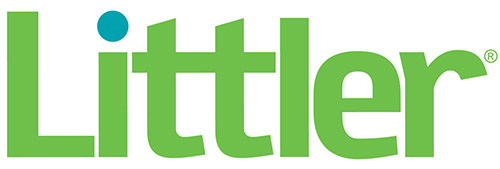
Satech Safety Technology SpA
The Importance of Robot Safety Fencing
A risk assessment might well be worth its weight in lawsuits
Tragedy waiting to happen: “55% of organizations have not conducted risk assessments to understand the impact of disruptive technologies.”—Swiss Re (ReAssure)
Maybe your robot needs a fence, or maybe it doesn’t
Our good friends at Satech Modular Machine Guard a/k/a fencing for robots, sent in an article about modular fencing for consideration. Great topic; and sadly, we’ve published little about robot fencing. Time for a change! Thanks, Satech.
With the International Federation of Robotics reporting 3 million industrial robots at work in the world’s factories, with some 300,000 additional robots sold annually, robots, risk, and safety should be top of mind with every manufacturer and at every warehouse.
The odds say that more than a few of those three-million industrial robots are at risk of colliding with a human worker.
Turns out, risk assessment for robots is very much overlooked. Incredibly, “55% of organizations have not conducted risk assessments to understand the impact of disruptive technologies,” according to ReAssure, formerly Swiss Re, writing in The robots are here: what that means for insurers.
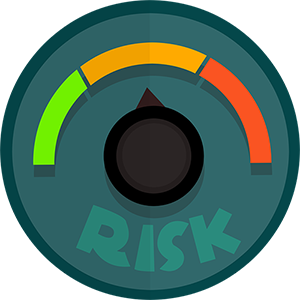
A risk assessment might well be worth its weight in lawsuits!
Case in point: “Alabama auto parts manufacturing plant, where “[t]he robot restarted abruptly, crushing the young woman inside the machine,” according to the Occupational Safety and Health Administration [OSHA]. The worker had entered the robotic station to clear a sensor fault that had stopped an assembly line; the robot should have been programmed not to start if a person was inside the station, according to the case’s argument. The manufacturing plant, as well as the designer, manufacturer, marketer, and seller of the robot, have been named as defendants.”
Seems everyone is a target when a risk has been abused. Yet, more than 5 of every 10 organizations neglect conducting risk assessments.
In many cases, the result of a risk assessment is a fence going into position around an industrial robot for life.
Even with a fence around it, robot risk assessment involves more than fencing; there is much more risk potential to consider, as can be readily seen from the incident in Alabama.
The hazards of operating an industrial robot, even a cobot, are numerous. Technical Manual (OTM) Section IV: Chapter 4 Occupational Safety and Health Administration [OSHA] presents a long list: impact, collision; crushing and trapping; struck-by projectiles; and electrical, hydraulic, pneumatic, environmental hazards.
Amazingly, the antidote for doubt is readily at hand: a risk assessment firm. Our advertiser Littler has an entire practice, the Robotics, Artificial Intelligence (AI) and Automation practice group, plus Littler’s Workplace Policy Institute (WPI) “ provides a detailed mapping and categorization of existing hazards according to their probability, frequency, and severity.
The information collected defines a set of safety measures, operations, and regulatory issues meant to maximize the operation of industrial robots.
If fencing is an outcome of that risk assessment, here’s what Satech writes in the article sent to us:
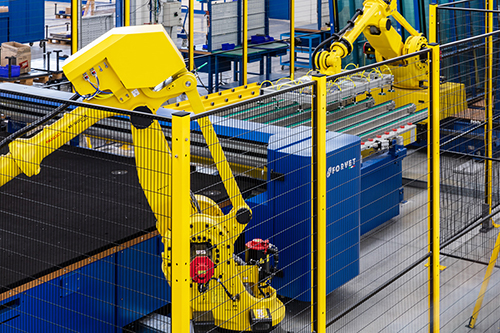
Machine guarding is an important part of robotized area safety. It is the first line of defense mechanism. In a manufacturing facility, large robotics are a necessity, but they can also be potentially dangerous to both employees working in close proximity and passers-by. Welded wire mesh is typically best for machine guarding as it allows for visibility of the machinery, while still keeping people away from hazard.
Satech Modular Machine Guard
If you are interested in buying or distributing Satech Machine Safety Fences in your Area, please drop us a line in our QUICK CONTACT Form !
Satech was one of the first companies to industrialize the production of machinery Safety Fences for robot cells and, in over twenty years of activity, has contributed to the safety of hundreds of thousands of automatic facilities all over the world. The company’s presence extends with direct offices in Italy, France, Germany and Japan, to which is added a capillary network of over 40 distributors, able to offer local support all over the world.
Regulation compliance
Although the perimeter safety fences that we are used to seeing in factories might look the same at first sight, in fact only a few are made following the required product and safety standards. Good automation guarding systems are designed to meet current international regulations like EN ISO 14120, ANSI-RIA R15.06 and JIS 9716. This is the first requirement that every Satech Modular Machine Guard system meets.
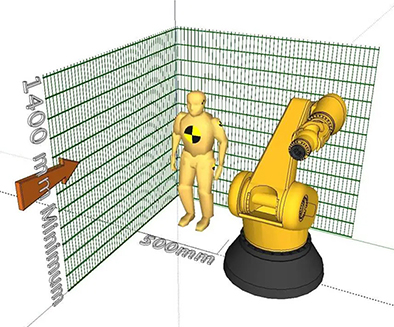
EN ISO 10218 for Robot Cells
The EN ISO 10218-2 Standard, in particular, describes the requirements for the design of machine guards to use in specific scenarios. Identifying the distance at which machine guards must be installed requires understanding the definition of “operational three-dimensional spaces” defined by the 10218-2 standard.
Choosing your safety fence
There are two main options to consider when installing Safety fences around your machinery:
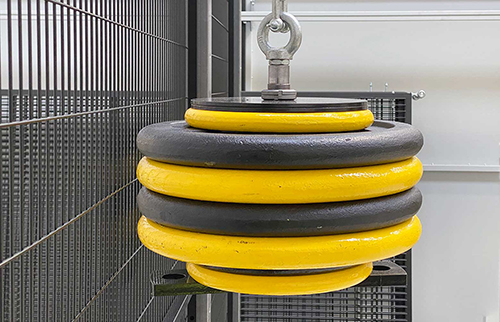
Impact
If the area to be secured is dealing with heavy loads, your concern should be the potential lose of those loads and the potential danger it might cause. For that, you’d need a Perimeter Guard Solution capable to withstand heavy duty impacts, like Satech’s BASIC and STRONG systems provided with the “Impact Assembly”, or the AdaptaGuard frameless Machine Guard. All of them has passed the severe 1608J Impact Tests, according to EN ISO 14120 procedure.
Speed of assembly
Should your main concern be the speed of assembly you’ll want to opt for the slightly weaker but still functional quick assembly fencing. Satech “Easy Assembly” BASIC and STRONG feature a Patented captive retained Clamp, while the FastGuard Perimeter Safety Fence comes with self-supporting baseplates to save up to 70% of assembly time.
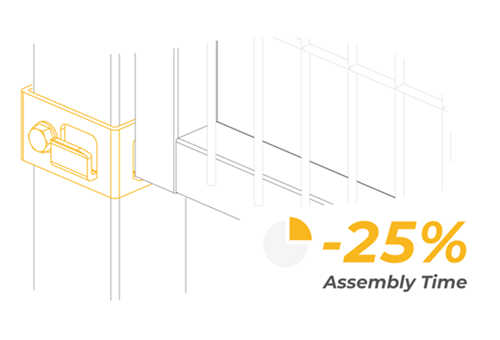
Your safety perimeter should have access points to load/unload or inspect the machinery and processes. Safety Perimeter Doors must then be equipped with locking devices to regulate access. You may need to allow the passage of people, small loads or bulkier/heavier loads. A wide choice of doors and locking systems will allow you to best meet these needs.
Modularity to secure the value of your investment
Modern companies often need to modify their machinery layouts to accommodate changes. Satech panels modularity allows for quick re-adaptation to any work area while Door-in-a-box kits are designed to convert the fixed panels into doors. A choice of accessories will allow you to personalize your safety perimeter.
Risk assessment
It is the employer’s responsibility to ensure that the chosen equipment fulfills safeguarding functions properly, so it’s vital that those in management take the time to assess potential risks and decide the safest method of proceeding. This will allow you implement the best possible solutions to keep employees safe.



